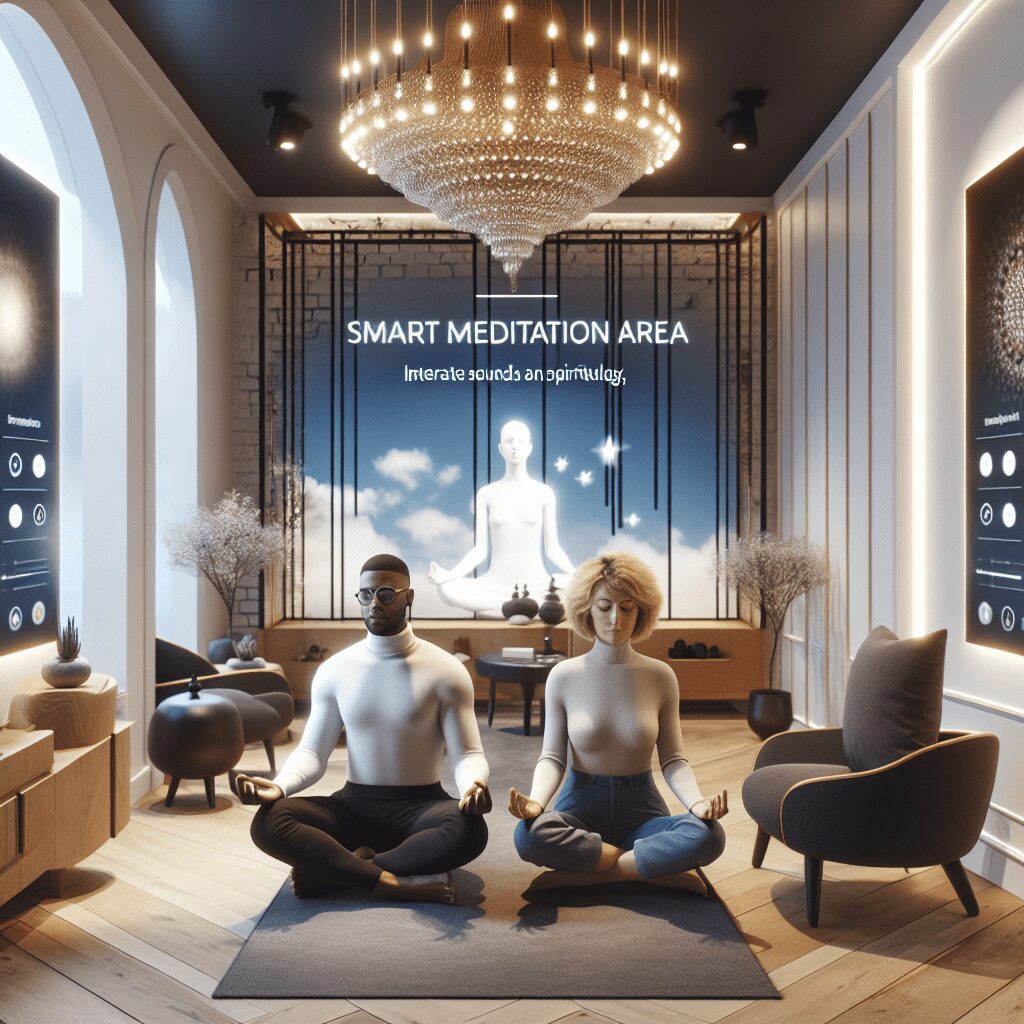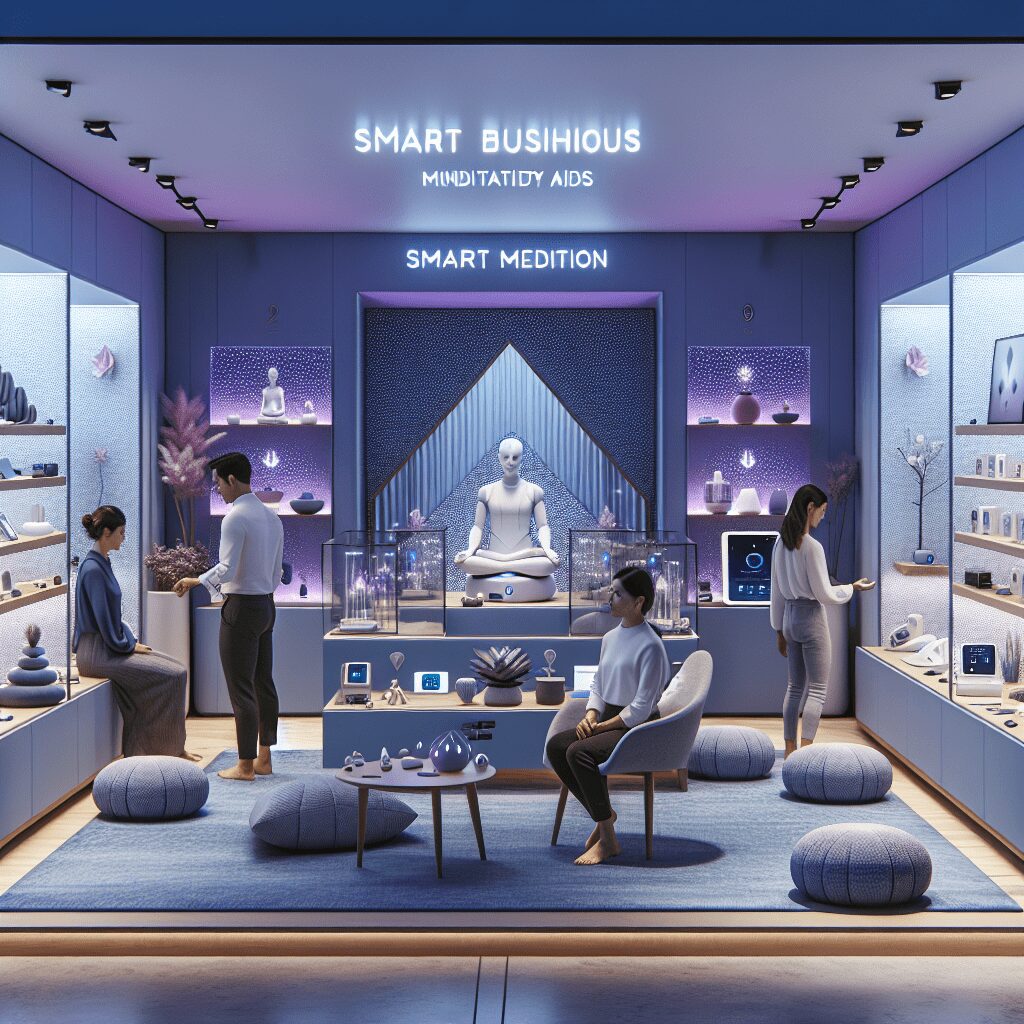
Prioritize your mental well-being daily. Enhance your life by nurturing your mental health with the Smart Meditation app. Break free from stress, alleviate anxiety, and enhance your sleep quality starting today.
Which Of The Following Would Not Be Considered An Example Of Social Anxiety Disorder (sad)?
Unlocking the Mysteries of Social Anxiety Disorder (SAD)
In a world that certainly doesn’t shy away from the spotlight, understanding the nuances of social anxiety disorder (SAD) is more crucial than ever. The condition, characterized by an overwhelming fear of social situations and a crippling worry about being judged or embarrassed, can turn life’s simplest interactions into daunting challenges. But amidst the spectrum of behaviors and symptoms that fall under SAD, distinguishing what’s NOT indicative of the condition is equally important.
Diving Into the Heart of SAD
Before we dissect what doesn’t constitute SAD, let’s first get a grip on the hallmark features of this psychological condition. SAD isn’t merely feeling butterflies before a presentation or a bit of bashfulness at a party. No, it’s a whole other ball game. Individuals grappling with this disorder may experience intense anxiety in everyday social situations, leading them to avoid these scenarios at all costs. Symptoms can range from excessive sweating, trembling, and rapid heartbeat to an intense fear of interacting with strangers, worrying for days before an event, and extreme self-consciousness, even in front of familiar faces.
So, What’s Off the SAD Radar?
Now, let’s clear the air about what doesn’t fit into the SAD puzzle. After all, not every social hiccup or moment of discomfort is a ticket to the SAD club.
-
The Occasional Stage Fright: Everyone’s knees have buckled at the thought of public speaking at some point. Feeling jittery before stepping into the limelight doesn’t automatically mean you’ve got SAD. It’s human nature to fear judgment on stage, but if these feelings vanish once you’re off the podium, SAD likely isn’t the culprit.
-
The Introvert’s Preference for Solitude: Preferring a quiet night with a book over a loud party doesn’t spell SAD. Introversion is a personality trait, not a disorder. Introverts recharge by spending time alone and might find social gatherings draining, but without the pervasive fear and anxiety seen in SAD.
-
The Rough Patch of Grief: Grieving the loss of a loved one can make anyone want to withdraw from social activities. Still, this phase of mourning doesn’t equate to SAD. While both situations involve pulling back from social interactions, grief is a natural process that typically lessens with time, whereas SAD is a persistent fear affecting daily functioning.
-
The Quick Flush of Embarrassment: Who hasn’t turned fifty shades of red after tripping in public or fumbling words? These fleeting moments of embarrassment are part of life’s spice. It’s when that worry of embarrassment becomes paralyzing and dictates one’s lifestyle that SAD might be at play.
Clearing the Fog Around SAD
In navigating the intricate landscape of SAD, it’s key to remember that not all social discomfort or preferences for solitude are markers of this condition. Understanding the defining features of SAD can empower those affected to seek the help they need and destigmatize the disorder.
For those dancing around the edges of social situations, wondering if their experience mirrors SAD, remember, knowledge is power. Seeking out a mental health professional can provide clarity and pave the way toward managing the condition. Because, at the end of the day, everyone deserves to live a life not overshadowed by fear, but filled with meaningful connections.





